Best Practices for Dog Obedience Training
Dog obedience training is essential for a harmonious relationship between you and your furry friend. Not only does it help in managing behavior, but it also strengthens your bond. In this guide, we’ll explore the best practices for dog obedience training, ensuring your dog becomes the well-mannered pup you’ve always wanted.
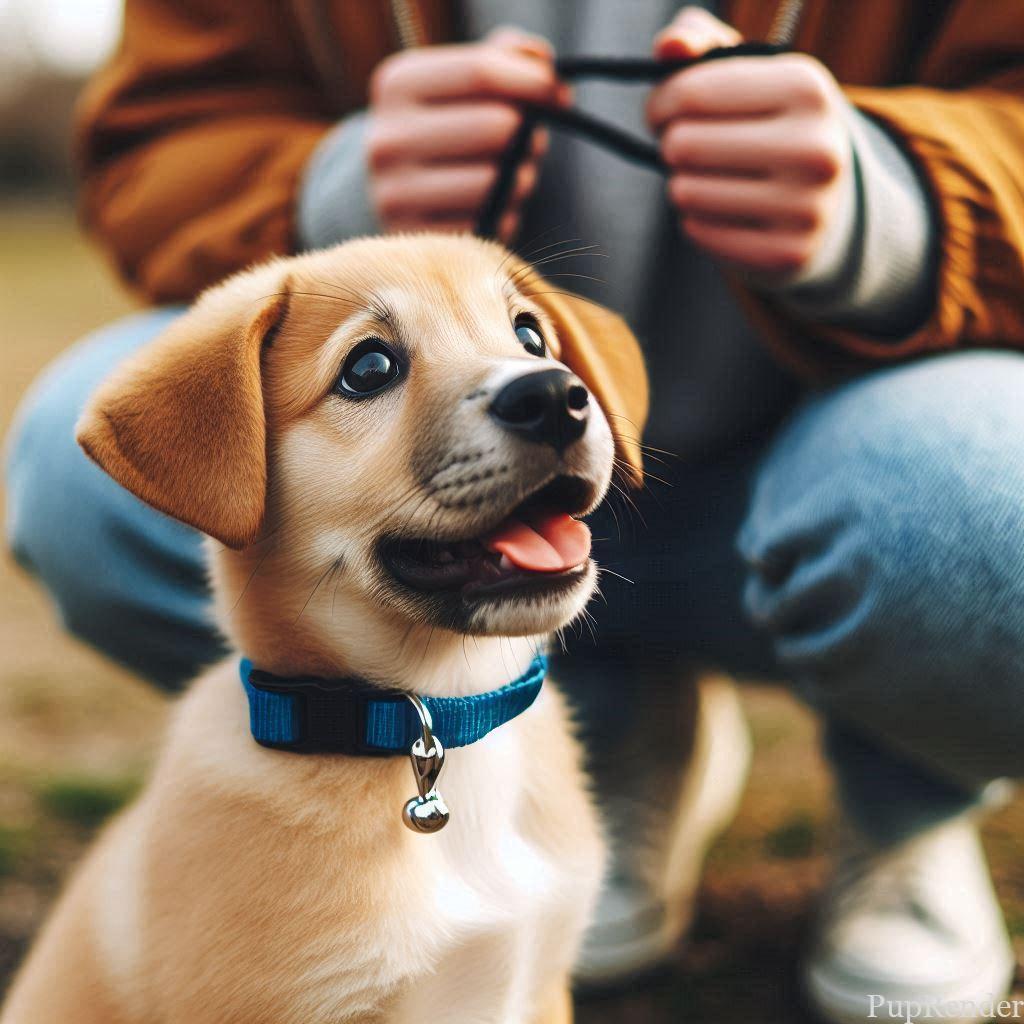
Why Dog Obedience Training Matters
Obedience training is crucial for keeping your dog safe, enhancing communication, and preventing behavioral issues. By teaching your dog commands like “sit,” “stay,” and “come,” you’re not just training them to obey; you’re fostering mutual respect and understanding.
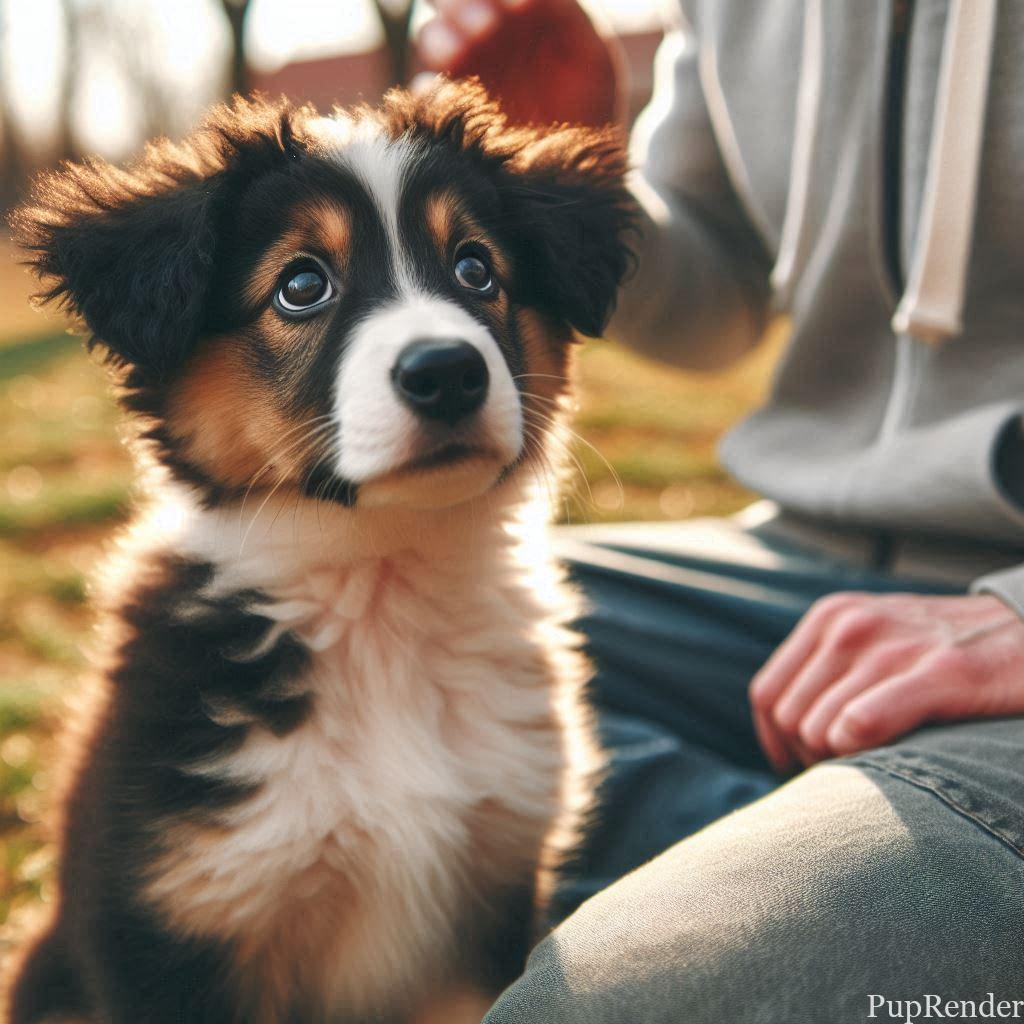
1. Start Early and Be Consistent
The key to successful dog training is starting early and being consistent. Puppies as young as eight weeks can begin learning basic commands. Consistency in commands, rewards, and training sessions helps reinforce desired behaviors and prevents confusion.
To dive deeper into effective early training, check out our post on The Ultimate Dog Training Tips No One Told You.
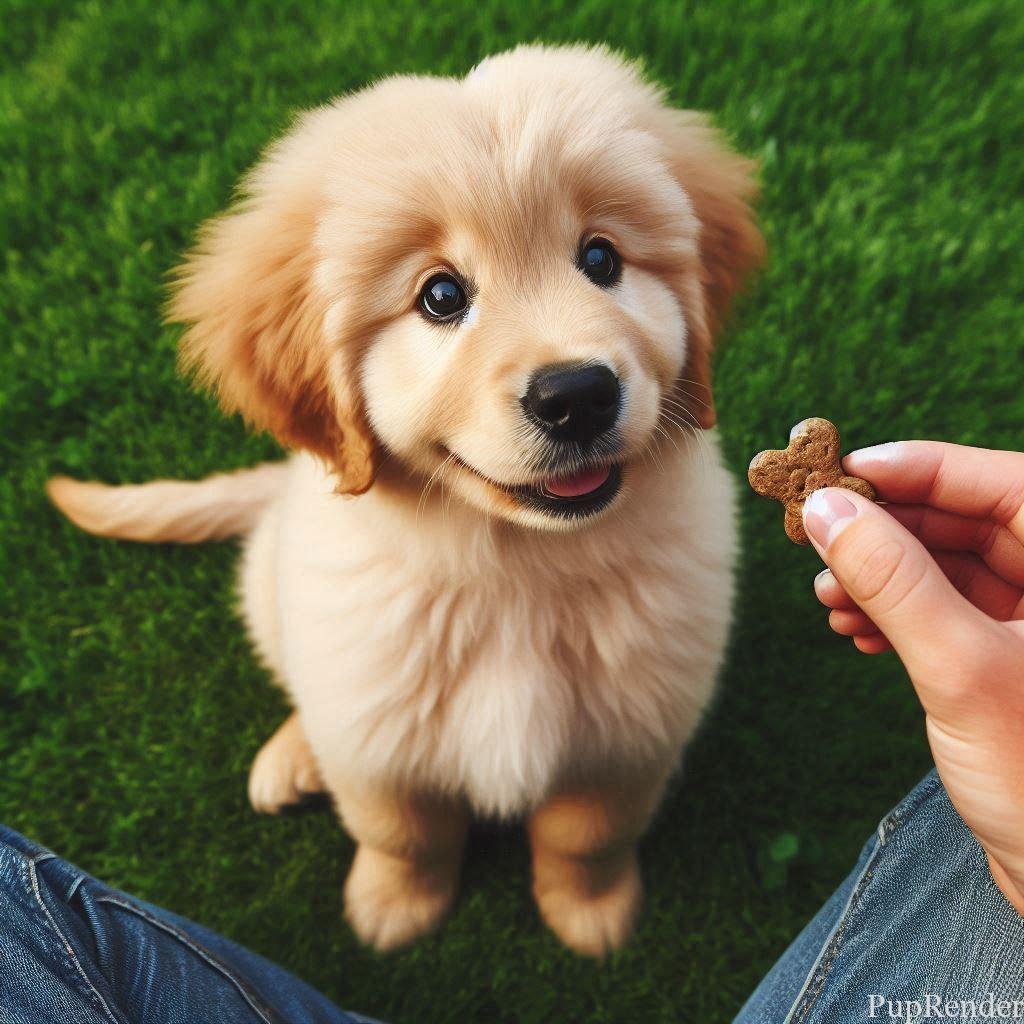
2. Use Positive Reinforcement
Positive reinforcement is one of the most effective training techniques. Rewarding your dog with treats, praise, or playtime encourages them to repeat good behavior. Avoid punishment, as it can lead to fear and anxiety, making training more difficult.
Learn more about how to keep your dog happy during training in our article on How to Make Your Dog Happier Than Ever.
3. Keep Training Sessions Short and Fun
Dogs, especially puppies, have short attention spans. Keep training sessions brief—around 5 to 10 minutes—and make them enjoyable. End sessions on a positive note to keep your dog eager for the next one.
For some fun training ideas, don’t miss our post on Dog Tricks That Will Blow Your Mind.
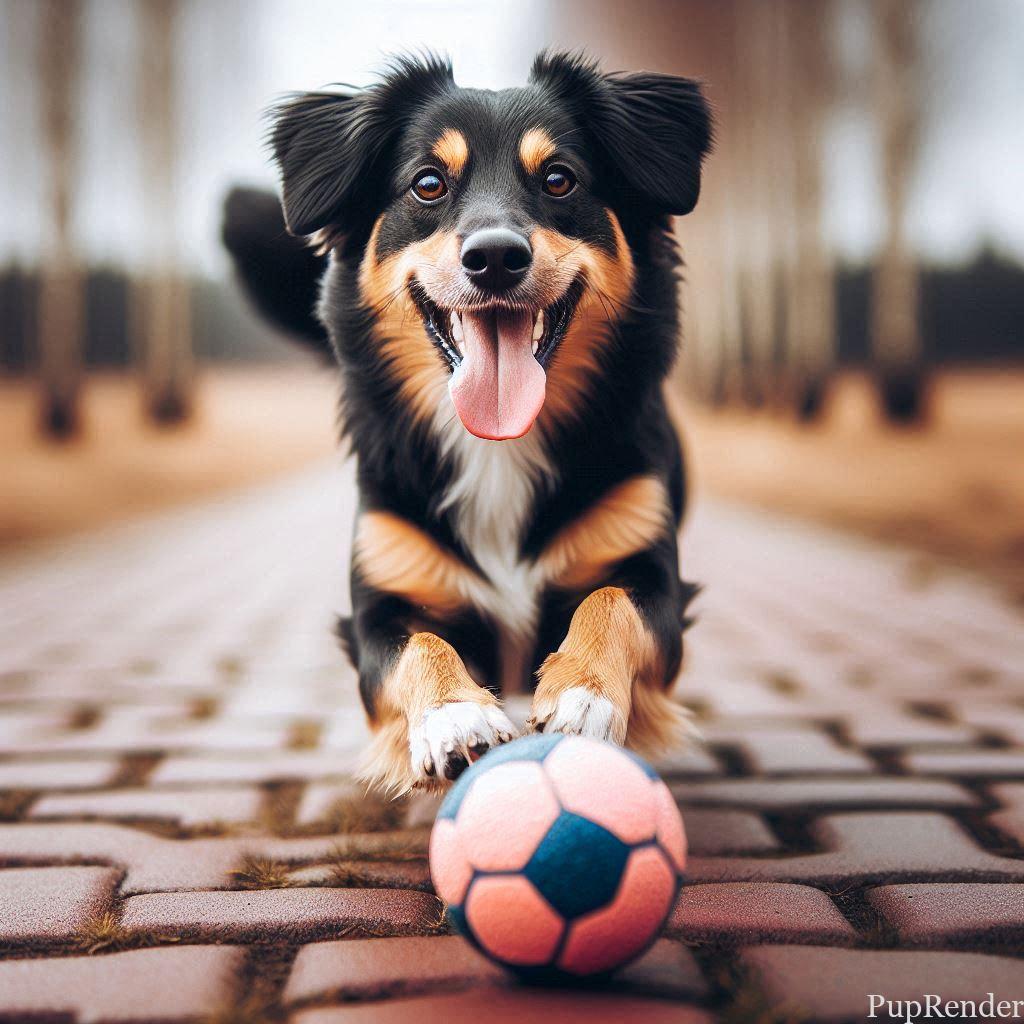
4. Be Patient and Persistent
Training takes time, and every dog learns at its own pace. Be patient and persistent, celebrating small victories along the way. If you’re feeling frustrated, take a break and return with a fresh mindset.
For more tips on handling training challenges, read Do You Make These Common Dog Mistakes?.
5. Seek Professional Help When Needed
If you’re struggling with training or your dog has behavioral issues, consider seeking professional help. A certified dog trainer or behaviorist can offer personalized guidance and strategies.
For more resources, explore The Best Dog Training Classes Near You.
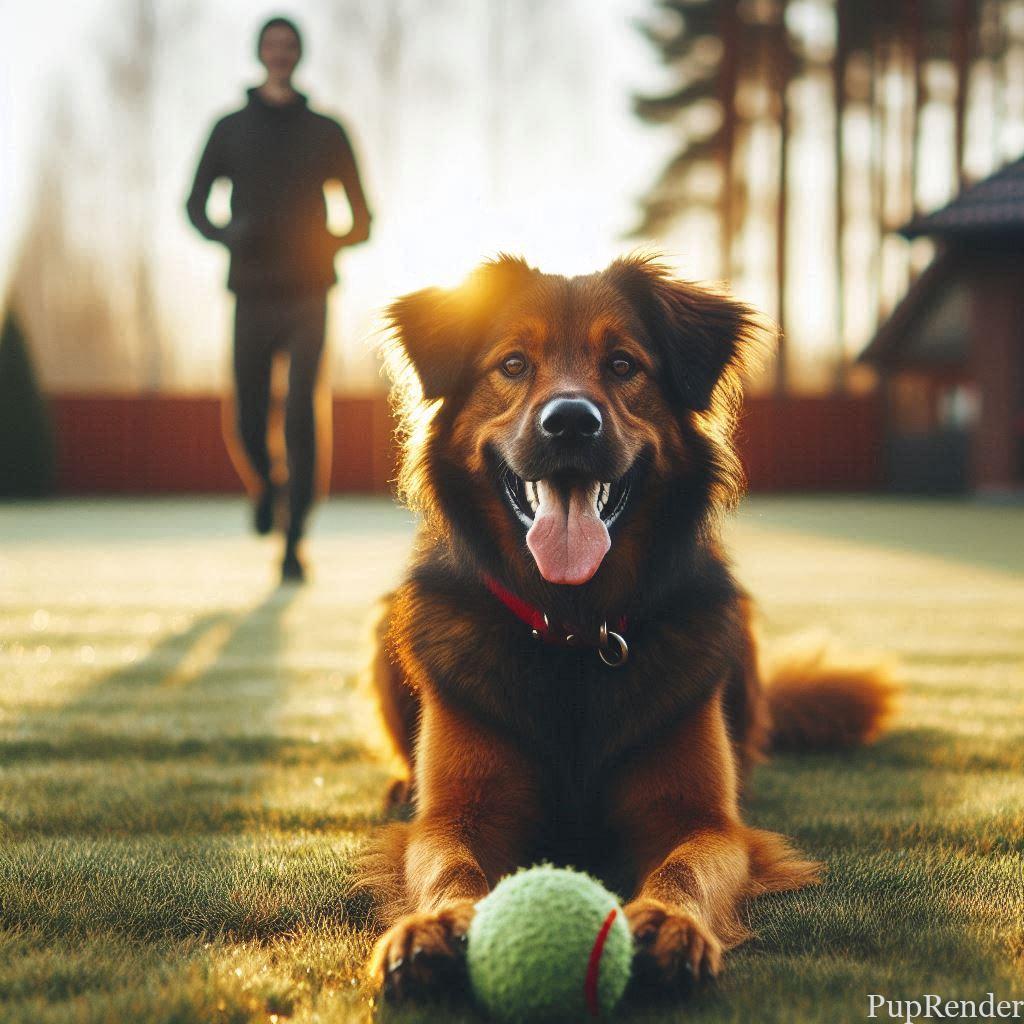
Additional Tips and Tricks
For those looking to go above and beyond basic obedience, consider exploring advanced training techniques like clicker training or agility courses. These can keep your dog mentally stimulated and well-behaved in a variety of settings.
For more in-depth information on dog behavior and training, check out resources from the American Kennel Club and the Humane Society.
Remember, obedience training is not just about teaching your dog to follow commands—it’s about building a relationship based on trust and mutual respect. With the right approach, patience, and consistency, you’ll have a well-behaved and happy dog by your side.
Share this post: Found this guide helpful? Share it with fellow dog lovers on Facebook or Twitter to spread the knowledge!





